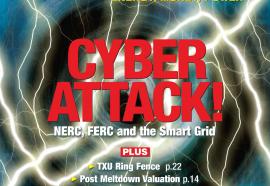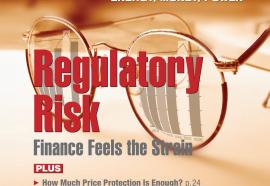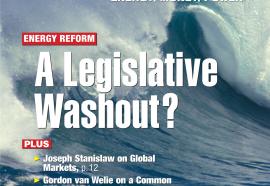People
(September 2008) ISO New England selected Vamsi Chadalavada as senior vice president and COO. PG&E Corp. announced that Peter A. Darbee, chairman, CEO and president, will assume added duties of CEO and president of subsidiary Pacific Gas and Electric Co. Ontario Power Authority appointed Colin Andersen CEO. And others...










